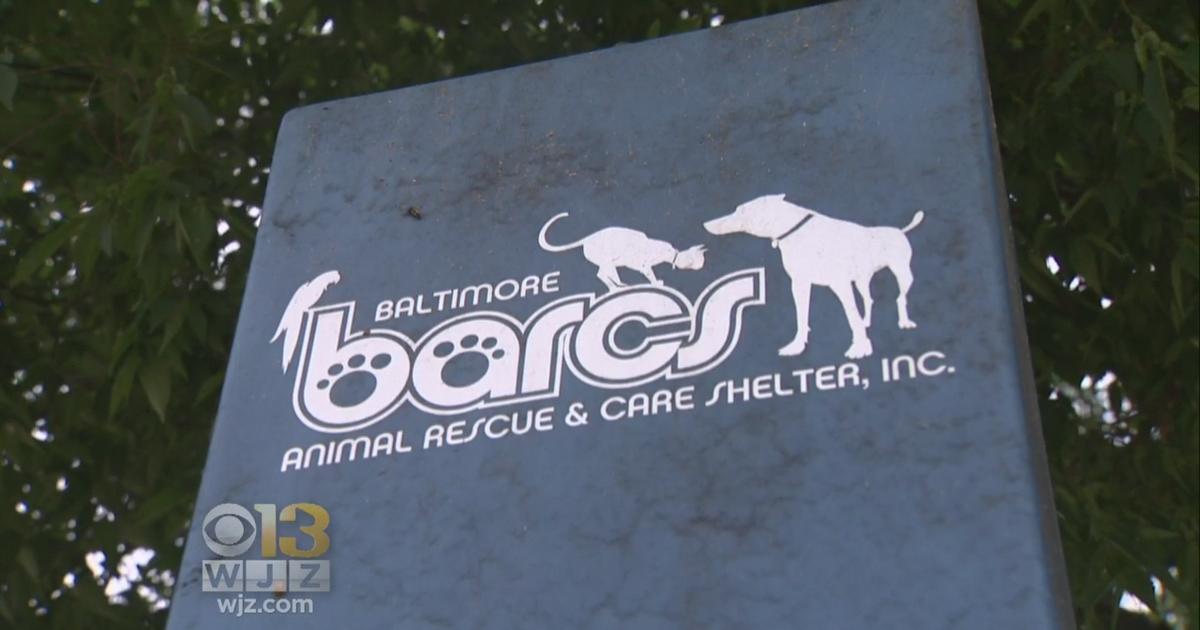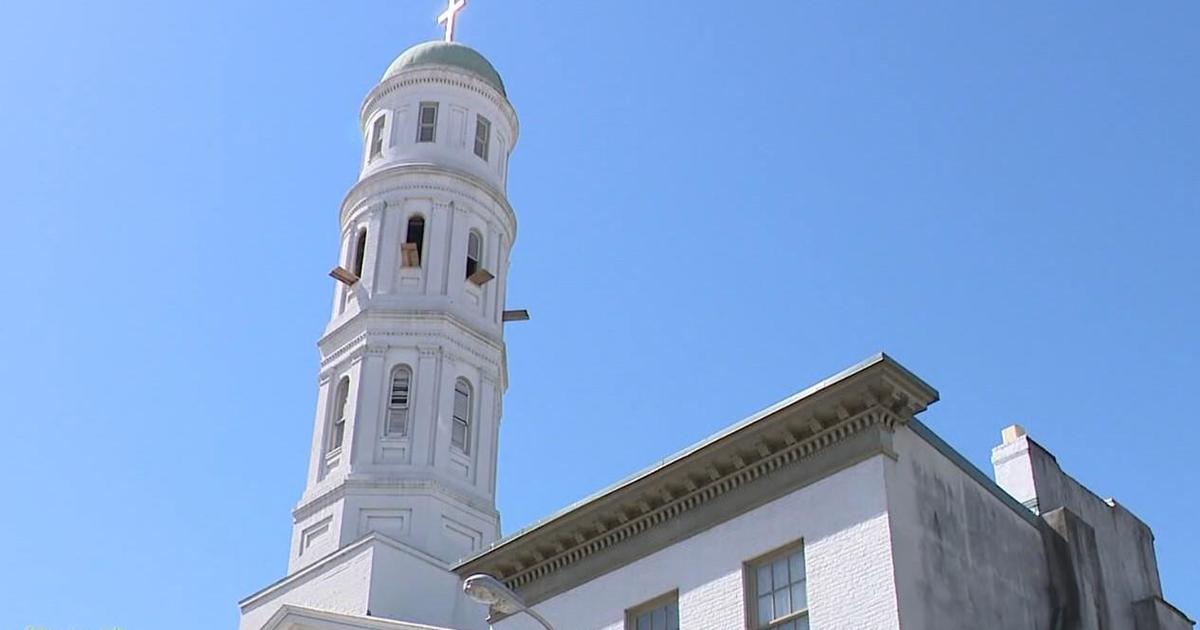Salvation Army Says Demand Up For Youth Programs
WASHINGTON (AP) -- A survey of Salvation Army youth programs in more than 80 cities shows more than eight in 10 programs saw increased demand from children and families in the past year as unemployment and funding cuts strained charities.
The survey released to The Associated Press found 56 percent of the charity's youth programs -- including camps, preschools, daycare and after-school programs -- are operating at or beyond their capacity.
The report, "Growing Up in a Downturn," also examined the Great Recession's effect on youth programs since 2008. Since then, 41 percent of the programs have had to cut back services or close their doors because of insufficient funding. Sites in Los Angeles, Rockford, Ill., and Memphis, Tenn., were among those forced to scale back.
Salvation Army Commissioner William Roberts, the charity's national commander, wrote in the report that the increasing demand shows parents across the country are facing daily questions about how to provide for their children when even social service programs have to make cuts.
"Should they spend their latest pay check on food or rent?" he wrote. "How can they spend time with their children while working two jobs?"
In raw numbers since 2008, attendance at Salvation Army daycare programs increased by more than 40,000 children. Overall, the charity has seen an increase in need across all of its programs. In 2010, it provided assistance to 30.2 million people in the U.S., compared with 28.9 million in 2007.
At the same time, giving to the Salvation Army has been strained in some hard-hit regions with the highest unemployment. Programs that had to cut back are serving 10 percent fewer youths than before the recession on average, the report found.
In 2011, a third of the charity's youth programs saw a reduction in contributions. For another 31 percent of them, donations remained flat. The report says many programs will see similar pressures throughout 2012, even though giving to the Salvation Army's popular red kettle campaign was up last year.
In Memphis, Tenn., a decline of about 15 percent in donations amounted to the loss of hundreds of thousands of dollars. Maj. Mark Woodcock, the area commander, said he had to close the doors of a subsidized childcare center that served low-income families for more than 30 years to focus on the most critical priorities of feeding and sheltering people.
In the charity's women's shelter with a capacity of 120 beds, 70 of them will go to children as a result of the ongoing economic slump, he said. So the shelter also provides tutoring and oversight to make sure those children attend school regularly.
"A lot of times people feel that the face of homeless is that man they see on the street corner," he said. "Really the true face of homelessness is children."
The Memphis chapter will be able to add more programs for children later this year with the opening of a $31 million Ray and Joan Kroc Corps Community Center. It's one of 26 centers nationwide funded by a $1.6 billion gift from McDonald's heiress Joan Kroc when she died in 2003.
Even with challenges, many of the charity's youth programs had been able to redirect services and resources to meet growing demand, the report found. In some cases, they have expanded or opened new youth facilities during the downturn.
In Kerrville, Texas, youth services were maxed out at serving 43 students each day in after-school programs with a small facility in the town of about 23,000 people, said Salvation Army Capt. Brett Meredith. With the building of a new $32 million Kroc Community Center that opened in November 2010, it can serve 200 students daily with a complex that includes two pools, a fitness center, dance studio and gymnasium.
Even still, there is a waiting list for as many as 50 needy youth who want to join the center's programs.
"The gift made all the difference in the world," Meredith said. Without it, "we'd be the same place we were five years ago."
This is the first time the charity has released its internal data on its youth programs. Officials said the report is meant to show the need for continued public support for children's programs.
The Alexandria, Va.-based Salvation Army ranks as the nation's second-largest charity by contributions after the United Way.
Nationwide, Col. William Harfoot, the Salvation Army's national chief secretary, said the increase in demand has been the most dramatic he's seen in 35 years with the charity. Maintaining some youth programs that provide recreation and music or arts lessons, for instance, can prevent other problems like drug addiction and poverty, he said.
Most funding must be raised locally. Only a few national gifts, such as a $1 million donation from the Wal-Mart Foundation last year, are distributed to regional offices.
(Copyright 2012 by The Associated Press. All Rights Reserved.)



